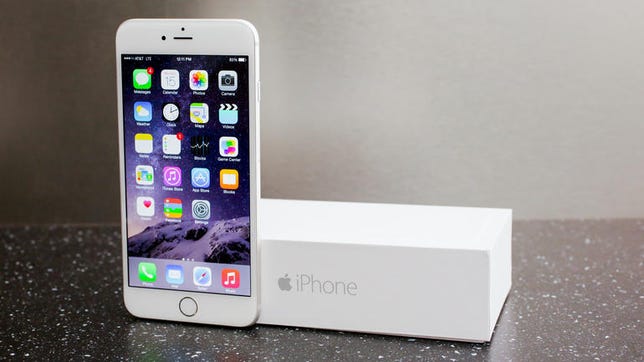
CNET
Apple and Samsung aren’t leaving much room for their rivals.
The two companies together accounted for over three-quarters of mobile-phone sales in the US in the fourth quarter, according to a survey conducted by Consumer Intelligence Research Partners.
Apple’s iPhone 6 and iPhone 6 Plus, the company’s latest smartphones, helped fuel the device maker to the 50 percent mark among respondents, CIRP said Friday. Samsung, which sells a wide range of devices, including the Galaxy S5, accounted for 26 percent of sales, while LG nabbed 11 percent.
No other mobile-phone maker could muster even 5 percent.
The figures come from a survey that CIRP conducted of 500 people in the US who activated a new or used phone in the three months from October through December. The survey took place over 10 days from the last week of December into the first week of January.
CIRP’s data supports the notion that competing with Apple and Samsung in the US mobile market can be a daunting task. For the last few years, Apple and Samsung have captured all of the profits in the US mobile space. All other handset makers, including LG, BlackBerry, Motorola and Amazon, have been left with the scraps.
Central to Apple’s success in the fourth quarter was the launch of its bigger-screened iPhones in September. The devices proved to be exceedingly popular, with the iPhone 6 Plus, which features a 5.5-inch screen, only becoming readily available last month. While the 4.7-inch iPhone 6 could be more readily purchased, it too sold out quickly at its launch and, according to CIRP, demand for both devices has stayed strong.
But the bump from last year’s fourth quarter was only modest. In that year-ago period, Apple accounted for 48 percent of sales. LG, too, edged up, from 8 percent last year. Samsung, by contrast, saw a notable decline, dropping from 31 percent of the US mobile market a year ago.
Samsung has hit a rough patch in more than just the US. Last year, its mobile profits plummeted, and the company acknowledged to its investors that competition is getting tougher around the world. The company specifically pointed to China, where it’s facing competition from handset makers Xiaomi and Huawei. To bolster its position, Samsung has said it plans to reduce the number of smartphones it offers by a third, dedicating more of its resources to fewer products, and also to ratchet up its marketing efforts.
For the most part, those who acquired a new iPhone were already iPhone owners — 86 percent were upgrading their Apple smartphones. Meanwhile, 25 percent of those who previously owned a Samsung device made the switch to an iPhone.
Neither Apple nor Samsung immediately responded to a request for comment.



